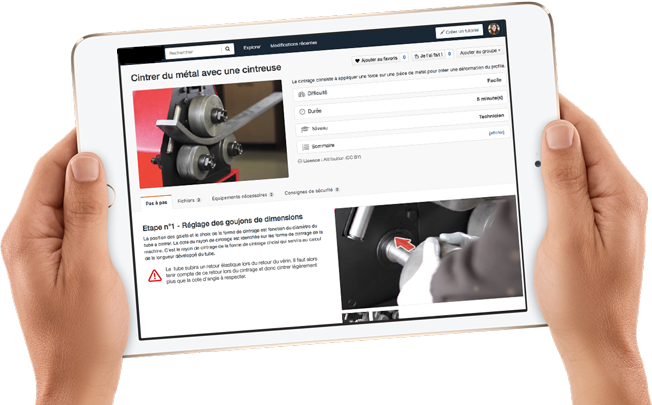The Future of Technical Documentation | Manuals Trends 2024
 Robert Wilson
Robert Wilson
Introduction
All product development companies have a crucial dependence on technical documentation, as it places the foundation of product development. These product manuals outline each and every aspect of the product – technical or informational. With such extensive information, they are a single source of truth for stakeholders involved in repair and maintenance activities.
It used to be printed on paper earlier and moved to static PDFs. But, with the advancements in technology and changing user dynamics, the need to make it interactive arose. Thus, these static manuals have transformed into interactive manuals. This enables them to showcase information in a dynamic, easy, intuitive and secure way. By revolutionizing the way users can interact with the manual, it is no small technical feat!
Today, we will shift our focus towards the emerging trends in manuals.
Integration of Augmented Reality (AR)
Augmented reality has been reshaping the way we interact with content for quite a few years. As digital manuals are full of content, using augmented reality to reshape the interaction with users is bringing a transformation in the industry. This presents information in a more immersive way and reshapes the way we interact with digital manuals. This integration also makes complex information sharing easy and can guide the users in a more step-by-step process. Imagine such implementations in digital manuals designed by OEMs – this will reduce the time taken to learn, reduce errors and improve the user experience.
Voice Searching and Assistance
Technologies today have adopted voice activated searches in almost everything – transforming the user experience. With digital manuals, this integration can be a game changer. Interactive manuals have been incorporating this feature to enhance the user experience, improve the way users interact with digital manuals and also ensure that the information from manuals can be accessed quickly. There are thousands of pages in a manual and finding particular information may take a lot of time. Integration of voice searching enables faster information retrieval.
3D Modelling
Traditional information was drawn and shared on paper which had multiple limitations in terms of usability and informativeness. With the advent of technology, companies can now integrate 3D models in the digital manuals and share with all the stakeholders. With the incorporation of 3D models, the usability improves and also reduces error in terms of information retrieval. It can also make complex information seem easy to understand and can also be used in training the workforce. The potential for integration of 3D models in interactive manuals is immense.
Feedback Loop and Real-time Updates
Traditional manuals had a major challenge that they became outdated as the products evolved or if there were newly added features or functionalities in the product. Interactive manuals cater to this challenge as they can implement updates in real-time and ensure the availability of the latest information. A feedback loop is crucial for businesses to collect user feedback and implement product enhancements. These manuals contain a lot of information and need constant user feedback on the features implemented in digital manuals.
Integration of AI
A major challenge that users faced while using these extensive manuals was accessing the right information from the thousands of pages of product data. Static manuals present this challenge as the users have to sift through huge amounts of information to get to what they are looking for. Interactive manuals are eliminating this hindrance as they are now being integrated with AI. With this integration, the information can be accessed quicker and users can use natural language to search for information within the interactive manuals.
Explore Related Blogs:
https://ezine-articles.com/how-parts-catalog-software-optimizes-spare-parts-ordering-and-tracking/
https://indibloghub.com/post/top-5-strategies-for-optimizing-warranty-management
Conclusion
Traditional manuals presented hurdles that were affecting the users and the stakeholders involved with the product repair and maintenance. Technology has been the sole focal point of innovation and has facilitated the implementation of features into the interactive manuals that elevate their degree of interactivity and also enhance the user experience. There could be more transformations in the interactive manuals in the years to come which would narrow down the focus towards enhancing the customer experience and streamlining the operations.
Subscribe to my newsletter
Read articles from Robert Wilson directly inside your inbox. Subscribe to the newsletter, and don't miss out.
Written by

Robert Wilson
Robert Wilson
Tech consultant passionate about driving innovation. Expert in IT strategy, digital transformation, and optimizing business processes.